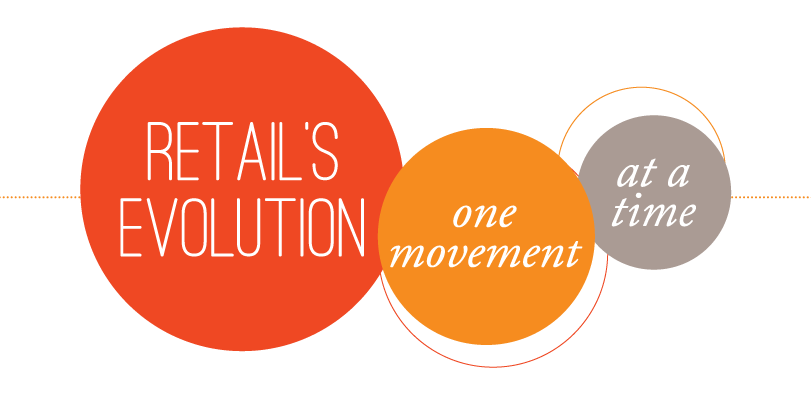Today, consumers’ desires are channel agnostic and developed from the knowledge and information that’s available across channels, a result of the omni-channel movement. How do retail brands maintain channels that can keep up with customer expectations and anticipate them going forward?
In a recent PwC study, the solution is found in a new business model which they call Total Retail. The building blocks for Total Retail call for less focus on channels and more focus on customers. It includes a “Chief Customer Officer,” a leader who owns the customer experience, regardless of channel, and focuses on developing a brand experience to meet these 8 customer expectations:
- The desire to discover a compelling brand story that promises a distinct experience. This is the #1 factor consumers give for shopping at their favorite retailers. They hear a voice bigger than the shopping experience.
- Personalization, which is defined as customized offers based on protected personal preferences and information. Retailers can craft and deliver the right offers at the right time based on past purchases or predictive analytics.
- Access to enhanced and consistent experience across all devices–this is omni-channel. However, keep in mind that experiences do not have to be identical; it’s more important for the experience to be device-appropriate, with access to as much information available using other means. This business extension into tablets and phones is not at the expense of traditional shopping–the pie is growing.
- Benefits from retailer’s Big Data capabilities, such as the ability to check inventory in real-time. Where is the product and how soon can it be delivered?
- Engagement with their favorite retailers anywhere. Customers assume that retailers can always be accessed and are always connected like themselves. Be “always-on,” providing a 24/7 experience open for interaction across touch points – social, email, online shopping, telephone, and in-store visits.
- To maximize the value of mobile shopping–store apps and mobile sites should appeal to different segments of customers. Brand loyalists will download a retailer’s mobile app for content, personalized promotions, speed, and loyalty rewards.
- A voice in a two-way social media engagement. The opportunity to be heard is available and customers want a shot. 59% use social media for brand discovery, and retailers should invest where they can make the truest customer engagements.
Total Retail is large shift from the traditional approach to customer interaction and the changes required penetrate many departments within an organization. But many of these expectations can be addressed quickly with the right tools and a solid understanding of the audience. For instance, companies with strong brand foundations can craft and evolve their stories by employing branded content that customers value – music, video, and more – and delivering it where they are: in-store, on the web, through mobile devices with services like BrandRadio, and at events. These mediums keep customers engaged outside of transactional moments – when they don’t want to be sold – while building the relationship and delivering that personalized experience.


